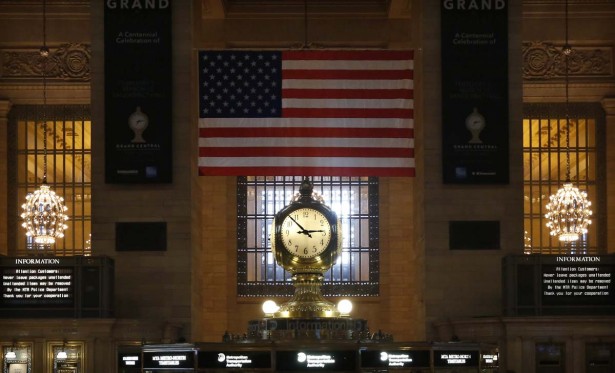
I love trains, architecture, and secret tunnels. When I visited New York City a couple of years ago, it only made sense to bring this strange love triangle full circle by visiting Grand Central Terminal, the single greatest epitome of trains, architecture, and secret tunnels. New York Times columnist Michael Kimmelman, apparently feels the same way:
“To pass through Grand Central Terminal, one of New York’s exalted public spaces, is an ennobling experience, a gift.”
The Grand Central Terminal celebrated its 100th birthday this past Saturday. Completed in 1913, the terminal was actually the third to be built on the site in midtown Manhattan and was the brainchild of American railroad magnate Cornelius Vanderbilt. Catching wind that politicians were planning to prohibit steam locomotives from operating within New York City, Vanderbilt quickly announced his plan to build a station that ran entirely off of electricity. He envisioned a station twice the size of his rival’s Penn Station, and ten years later the 70-acre masterpiece opened to the public, with 150,000 travelers passing through on the first day. Currently 750,000 people – or nearly half the population of Manhattan – pass through the terminal everyday.
During World War II, FDR frequently used the terminal’s secret track 61 to travel through NYC in an attempt to hide his polio from the public, and nine stories below the terminal’s lowest floor is a bunker known as M-42 that was used to protect the transit hub from German forces.
Grand Central also has one of the largest Lost and Founds in the world, with nearly 25,000 lost items collected annually including an average of 300 cell phones each month. Despite these staggering statistics, the terminal’s Metro-North Lost and Found has an impressive 80% success rate for items returned to their owners. You can use that little known fact at your next dinner party, you’re welcome.
Grand Central Terminal is a feat of American architecture and one of its most recognizable icons. It’s been the backdrop of countless films, including the infamous/classic baby carriage scene in The Untouchables, Hitchcock’s North by Northwest, and of course, the opening scenes of Gossip Girl. Man on Wire subject Phillip Petit even crossed the main concourse via tightrope in 1987.
To learn more about this iconic structure and the story behind it, check out this episode of PBS’s American Experience. In the meantime, here’s to one of America’s finest landmarks, to 100 hundred more years of secret tunnels, urban legends, and flash mobs. Happy Birthday Grand Central.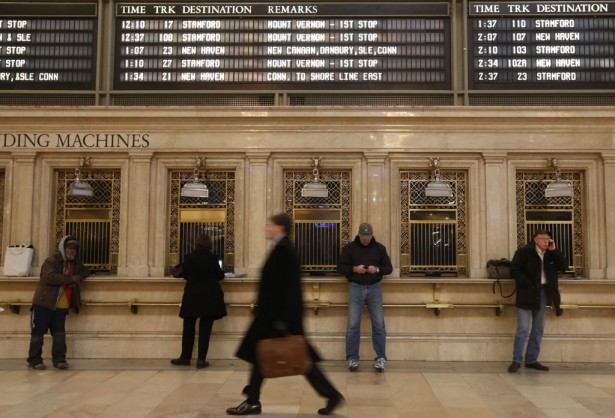

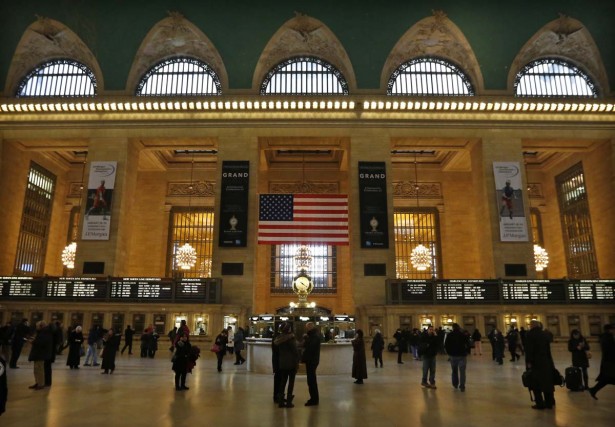
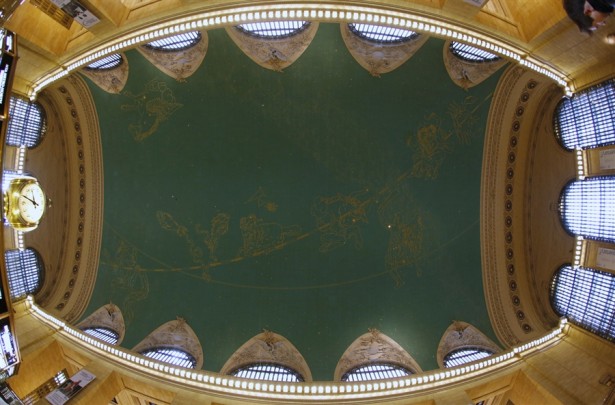
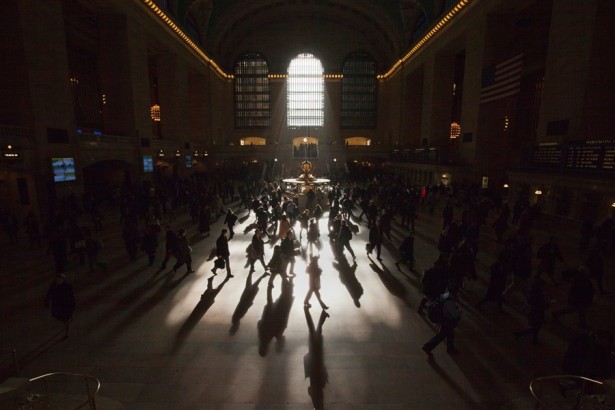
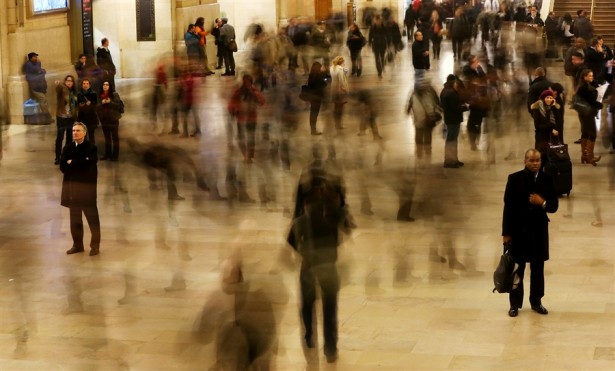
Think people should hear about this?